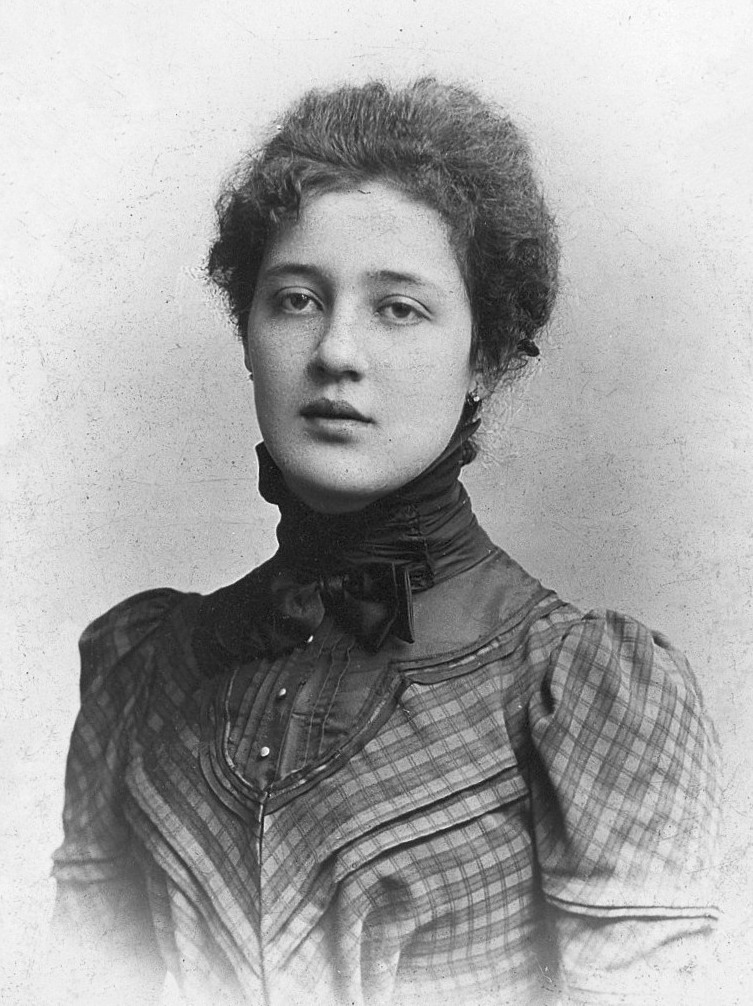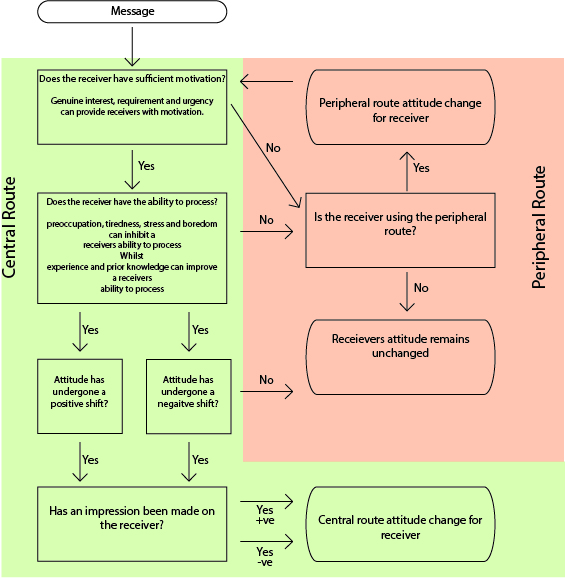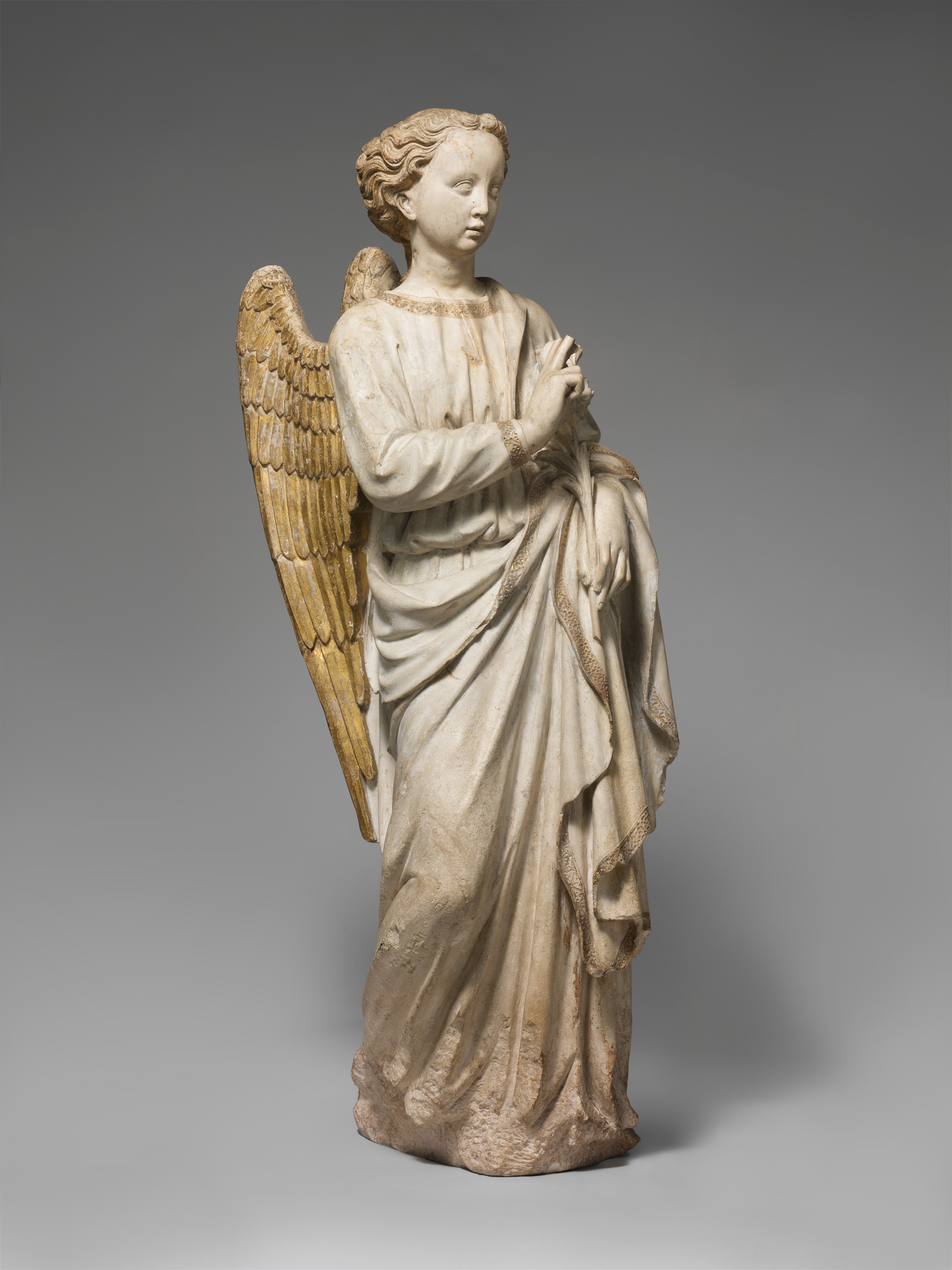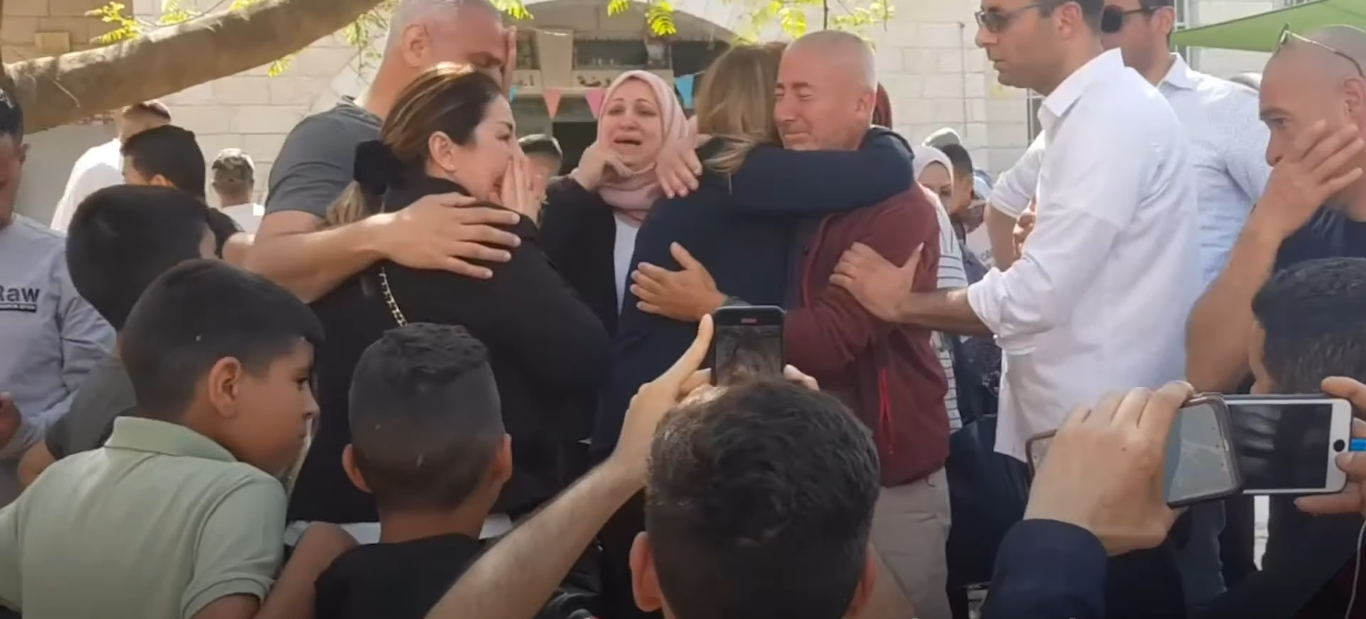|
Enrique Pichon-Rivière
Enrique Pichon-Rivière (June 25, 1907 – July 16, 1977) was a Swiss-born Argentine psychiatrist, considered one of the introducers of group psychoanalysis in Argentina and generator of the group theory known as ''Grupo operativo'' (Operative Groups). In the 1940s he became one of the founding members of the ''Asociación Argentina de Psicoanálisis'' (Argentine Psychoanalytic Association, or APA) and in the 1950s participated in the creation of the first private school of Social Psychology and the ''Instituto Argentino de Estudios Sociales'' (Argentine Institute of Social Studies, or IADES). The originality of his theory is based on the dialectical view of the functioning of the groups and the relationship between dialectic, homeostasis and cybernetic. Biography Pichon-Rivière was born on June 25, 1907, in Geneva, Switzerland, his parents were French. His father had two daughters and three sons from a first marriage, when his wife died, he remarried his sister-in-law, fir ... [...More Info...] [...Related Items...] OR: [Wikipedia] [Google] [Baidu] |
Geneva
Geneva ( , ; ) ; ; . is the List of cities in Switzerland, second-most populous city in Switzerland and the most populous in French-speaking Romandy. Situated in the southwest of the country, where the Rhône exits Lake Geneva, it is the capital of the Canton of Geneva, Republic and Canton of Geneva, and a centre for international diplomacy. Geneva hosts the highest number of International organization, international organizations in the world, and has been referred to as the world's most compact metropolis and the "Peace Capital". Geneva is a global city, an international financial centre, and a worldwide centre for diplomacy hosting the highest number of international organizations in the world, including the headquarters of many agencies of the United Nations and the International Committee of the Red Cross, ICRC and International Federation of Red Cross and Red Crescent Societies, IFRC of the International Red Cross and Red Crescent Movement, Red Cross. In the aftermath ... [...More Info...] [...Related Items...] OR: [Wikipedia] [Google] [Baidu] |
Goya, Corrientes
Goya is a city in the south-west of the province of Corrientes in the Argentine Mesopotamia. It has about 106,368 inhabitants as of the . The city lies on the eastern shore of the Paraná River, opposite Reconquista, Santa Fe, 218 kilometres south from the provincial capital (Corrientes) and 715 kilometres north-northwest from Buenos Aires. Goya hosts the annual National Festival of the Surubí, which includes a internationally known fishing contest. The surubí is a popular large catfish of the Paraná. Origin of its name and history The city of Goya originated from the purchase of land at the site by Gregoria Morales and her husband, Bernardo Olivera, in 1771. The city does not have foundation act and, in agreement with the oral tradition, its name is owed to the enterprising Gregoria Morales' nickname: Doña Goya. Following the couple's settlement in the proximities of the present "costanera" (riverfront), she opened a general store upon her arrival, and per historian José M. ... [...More Info...] [...Related Items...] OR: [Wikipedia] [Google] [Baidu] |
Melanie Klein
Melanie Klein (; ; Reizes; 30 March 1882 – 22 September 1960) was an Austrian-British author and psychoanalysis, psychoanalyst known for her work in child analysis. She was the primary figure in the development of object relations theory. Klein's work primarily focused on the role of ambivalence and moral ambiguity in human development. Klein suggested that pre-verbal existentialism, existential anxiety in infancy catalyzed the formation of the unconscious, which resulted in the unconscious splitting of the world into good and bad fantasy (psychology), idealizations. In her theory, how the child resolves that split depends on the constitution of the child and the character of nurturing the child experiences. The quality of resolution can inform the presence, absence, and/or type of distresses a person experiences later in life. Life Melanie Klein was born into a History of the Jews in Austria, Jewish family and spent most of her early life in Vienna, Austria, Vienna. She was ... [...More Info...] [...Related Items...] OR: [Wikipedia] [Google] [Baidu] |
Arminda Aberastury
Arminda Aberastury de Pichón Rivière (1910–1972), known as La Negra, was an early Argentinian psychoanalyst. She was born in Buenos Aires. Through her brother Frederico, who suffered from mental illness, she came to meet Enrique Pichon-Rivière, and married him in 1937. She joined a local, mostly European group interested in psychoanalysis. Receiving a training analysis from Ángel Garma, one of the group, Arberastury then developed the analysis of children in the style of Melanie Klein Melanie Klein (; ; Reizes; 30 March 1882 – 22 September 1960) was an Austrian-British author and psychoanalysis, psychoanalyst known for her work in child analysis. She was the primary figure in the development of object relations theory. Kl ... and Sophie Morgenstern. She led a seminar on the area, 1948 to 1952, for the Argentinian Psychoanalytic Association. She committed suicide in 1972. Notes {{DEFAULTSORT:Aberastury, Arminda 1910 births 1972 deaths Argentine psychoanalyst ... [...More Info...] [...Related Items...] OR: [Wikipedia] [Google] [Baidu] |
Social Psychology
Social psychology is the methodical study of how thoughts, feelings, and behaviors are influenced by the actual, imagined, or implied presence of others. Although studying many of the same substantive topics as its counterpart in the field of sociology, psychological social psychology places more emphasis on the individual, rather than society; the influence of social structure and culture on individual outcomes, such as personality, behavior, and one's position in social hierarchies. Social psychologists typically explain human behavior as a result of the relationship between mental states and social situations, studying the social conditions under which thoughts, feelings, and behaviors occur, and how these variables influence social interactions. History 19th century In the 19th century, social psychology began to emerge from the larger field of psychology. At the time, many psychologists were concerned with developing concrete explanations for the different aspe ... [...More Info...] [...Related Items...] OR: [Wikipedia] [Google] [Baidu] |
Arnaldo Rascovsky
Arnaldo Rascovsky (1 January 1907 – 1 May 1995) was an Argentine pediatrician and psychoanalyst. He graduated from University of Buenos Aires. Rascovsky was instrumental in establishing Buenos Aires as an important center for psychoanalysis in Latin America and made significant contribution to the analysis of filicide Filicide is the deliberate act of a parent killing their own child. The word ''filicide'' is derived from the Latin words and ('son' and 'daughter') and the suffix ''-cide'', from the word meaning 'to kill'. The word can refer to both the cr .... Selected works * '' Filicide: The Murder, Humiliation, Mutilation, Denigration, and Abandonment of Children by Parents'', (1995) References {{DEFAULTSORT:Rascovsky, Arnaldo Argentine pediatricians Argentine psychoanalysts 1907 births 1995 deaths University of Buenos Aires alumni ... [...More Info...] [...Related Items...] OR: [Wikipedia] [Google] [Baidu] |
Marie Langer
Marie may refer to the following. People Given name * Marie (given name), including a list of people and fictional characters with the name ** List of people named Marie * Marie (Japanese given name) Surname * Jean Gabriel-Marie, French composer * Jean Gabriel Marie (1907–1970), his son, French romantic composer Arts, entertainment and media Film, television and stage * ''Marie'' (1980 TV series), an American television show * ''Marie'' (1985 film), an American biography of Marie Ragghianti * ''Marie'' (2020 film), a documentary short about homebirths * ''Marie'' (talk show), hosted by Marie Osmond * ''Marie'' (TV pilot), a 1979 American pilot with Marie Osmond * ''Marie'', a 2009 ballet by Stanton Welch Literature * ''Marie'' (novel), by H. Rider Haggard, 1912 Music * ''Marie'', a 2008 EP by the Romance of Young Tigers * "Marie" (Cat Mother and the All Night Newsboys song), 1969 * "Marie" (Johnny Hallyday song), 2002 * "Marie" (Sleepy Hallow song), 2022 * "Ma ... [...More Info...] [...Related Items...] OR: [Wikipedia] [Google] [Baidu] |
Celes Ernesto Carcamo
Celes may refer to: * ''Celes'' (grasshopper), a genus of the bandwing grasshopper * Celes Ernesto Cárcamo (1903–1990), Argentine psychiatrist * Celes Kobayashi (born 1973), Japanese boxer * Celes Chere, a female character in the video game ''Final Fantasy VI'' * Celestia "Celes" Ludenberg, a character in the video game '' Danganronpa: Trigger Happy Havoc'' * Cele Clan, a sub-branch of the Mthethwa kingdom; see * Celes, an ancient Greek boat See also *Seles (other) Seles may refer to: * Seles, Angola, a municipality * Battle of Seleš, a 1527 between ethnic Serbian Rebels and the Hungarian nobility People with the surname * Laslo Seleš (born 1943), retired Yugoslavian football player * Monica Seles M ... {{disambig, given name Unisex given names Spanish unisex given names ... [...More Info...] [...Related Items...] OR: [Wikipedia] [Google] [Baidu] |
Angel Garma
An angel is a Spirit (supernatural entity), spiritual (without a physical body), heaven, heavenly, or supernatural being, usually humanoid with Bird wing, bird-like wings, often depicted as a messenger or intermediary between God (the Transcendence (religion), transcendent) and humanity (the Profane (religion), profane) in various traditions like the Abrahamic religions. Other roles include protectors and guides for humans, such as guardian angels and servants of God. In Western religions, Western belief-systems the term is often used to distinguish Good and evil, benevolent from malevolent intermediary beings. Emphasizing the distance between God and mankind, Revelation, revelation-based belief-systems require angels to bridge the gap between the earthly and the transcendent realm. Angels play a lesser role in Monism, monistic belief-systems, since the gap is non-existent. However, angelic beings might be conceived as aid to achieve a proper relationship with the divine. Ab ... [...More Info...] [...Related Items...] OR: [Wikipedia] [Google] [Baidu] |
Comte De Lautréamont
Comte de Lautréamont (; ) was the '' nom de plume'' of Isidore Lucien Ducasse (; 4 April 1846 – 24 November 1870), a French poet born in Uruguay. His only works, '' Les Chants de Maldoror'' and ''Poésies'', had a major influence on modern arts and literature, particularly on the Surrealists and the Situationists. Ducasse died at the age of 24. Biography Youth Ducasse was born in Montevideo, Uruguay, to François Ducasse, a French consular officer, and his wife Jacquette-Célestine Davezac. Very little is known about Isidore's childhood, except that he was baptized on 16 November 1847 in the Montevideo Metropolitan Cathedral and that his mother died soon afterwards, possibly due to an epidemic. Jean-Jacques Lefrère suggests she may have committed suicide, although concludes there is no way to know for certain. In 1851, as a five-year-old, he experienced the end of the eight-year Siege of Montevideo in the Uruguayan Civil War. He was brought up speaking three languages: F ... [...More Info...] [...Related Items...] OR: [Wikipedia] [Google] [Baidu] |
Poète Maudit
A ''poète maudit'' is a poet living a life outside or against society. Insanity, crime, violence, abuse of alcohol or other drugs, and in general any societal sin, often resulting in an early death, are typical elements of the biography of a ''poète maudit''. History of the term The phrase ''poète maudit'' (literally, "accursed poet") was coined in the beginning of the 19th century by Alfred de Vigny in his 1832 novel ''Stello'', in which he calls the poet "" (the race that will always be cursed by the powerful ones of the earth). Charles Baudelaire, Paul Verlaine and Arthur Rimbaud are considered typical examples. Lautréamont or Alice de Chambrier are also considered as ''poètes maudits'', as is the American 20th-century poet Hart Crane. The term came into wider usage since Verlaine's anthology. Originally it was used just for the writers in his book (see below), but then it became a name for writers (or even artists in general) whose lives and art are outside or against ... [...More Info...] [...Related Items...] OR: [Wikipedia] [Google] [Baidu] |
Journalist
A journalist is a person who gathers information in the form of text, audio or pictures, processes it into a newsworthy form and disseminates it to the public. This is called journalism. Roles Journalists can work in broadcast, print, advertising, or public relations personnel. Depending on the form of journalism, "journalist" may also describe various categories of people by the roles they play in the process. These include reporters, correspondents, citizen journalists, Editorial board, editors, Editorial board, editorial writers, columnists, and photojournalists. A reporter is a type of journalist who researches, writes and reports on information in order to present using source (journalism), sources. This may entail conducting interviews, information-gathering and/or writing articles. Reporters may split their time between working in a newsroom, from home or outside to witness events or interview people. Reporters may be assigned a specific Beat reporting, beat (area of cov ... [...More Info...] [...Related Items...] OR: [Wikipedia] [Google] [Baidu] |







